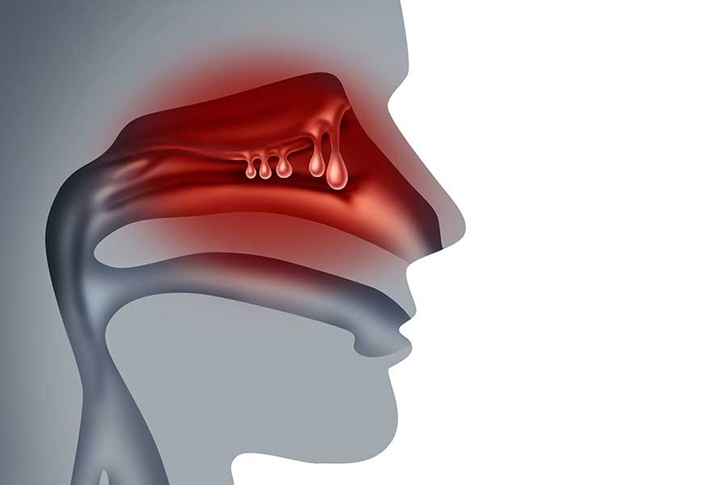Understanding Nasal Polyps: Essential Information
Nasal polyps are non-cancerous growths that appear along the lining of the nasal passages or sinuses. These soft, painless, and benign swellings can cause various symptoms and may significantly affect an individual’s quality of life. Understanding nasal polyps is crucial for recognizing their effects, potential causes, and exploring effective treatment options to manage and potentially resolve this often chronic condition.

What are Nasal Polyps?
Nasal polyps are teardrop-shaped growths that develop in the inflamed tissue of the nasal mucosa. The mucosa is a very wet layer that helps protect the inside of your nose and sinuses and humidifies the air you breathe. During an infection or allergy-induced irritation, the nasal mucosa becomes swollen and red, and it can produce fluid that drips out. With chronic inflammation, this mucosa might grow to form polyps. Typically, nasal polyps are associated with chronic sinusitis and are often found in individuals suffering from asthma, allergic rhinitis, or chronic infections.
Prevalence and Risk Factors
Statistics show that between 1% and 4% of the adult population suffers from nasal polyps. They are more common in adults over 40 and are rarely seen in children, although instances can occur, particularly in those with cystic fibrosis or allergic fungal sinusitis. Risk factors for developing nasal polyps include a history of chronic sinus infections, allergies, asthma, Aspirin Exacerbated Respiratory Disease (AERD), and certain genetic disorders such as Cystic Fibrosis.
Symptoms of Nasal Polyps
The presence of nasal polyps often leads to a range of symptoms that can diminish life quality and daily functionality. Common symptoms include a persistent stuffy or blocked nose, postnasal drip, decreased or absent sense of smell, facial pain or pressure, snoring, and frequent sinus infections. In severe cases, individuals might also experience obstructive sleep apnea, a condition characterized by pauses in breathing during sleep due to blocked airways.
Diagnosis of Nasal Polyps
Diagnosing nasal polyps typically involves a combination of medical history evaluation, physical examination, and diagnostic imaging. Doctors may use a nasal endoscope, a thin tube with a camera and light, to get a close look at the sinuses. This is often followed by imaging studies such as CT scans, which help assess the extent of the nasal inflammation and polyps and can influence the treatment strategy.
Treatment Options
The treatment of nasal polyps includes both medication and surgery, aiming to reduce the size of the polyps or eliminate them entirely. Medication typically includes nasal corticosteroid sprays that help reduce inflammation and nasal obstruction. In cases where medications do not provide sufficient relief, or the polyps are particularly large, surgery might be required. The most common surgical procedure for removing nasal polyps is called endoscopic sinus surgery, which involves the use of an endoscope and surgical instruments to remove the polyps while preserving the surrounding sinus tissues.
Lifestyle and Home Remedies
Apart from medical treatment, certain lifestyle adjustments can help manage the condition. Maintaining optimal indoor air quality, avoiding known allergens, using air humidifiers, and practicing good nasal hygiene with saline sprays or washes can provide symptom relief. Additionally, managing underlying conditions such as asthma and allergies is critical to controlling nasal polyps.
Prevention and Long-Term Management
Preventive measures for nasal polyps largely involve managing and treating the underlying causes of chronic inflammation in the nasal passages and sinuses. Regular check-ups with a healthcare provider, adhering to treatment plans for associated conditions, and monitoring for potential symptoms of recurrence are essential for long-term management. Since polyps often recur, ongoing treatment with nasal corticosteroid sprays or other medications may be necessary.
In conclusion, nasal polyps are a common but often overlooked condition that can significantly affect an individual’s nasal function and overall well-being. With appropriate medical care, lifestyle changes, and regular monitoring, individuals suffering from nasal polyps can manage their symptoms and lead a healthier life. Understanding the causes, risk factors, and treatment options available for nasal polyps is critical for those affected and can provide the basis for effective disease management and improved quality of life.







Recent Comments